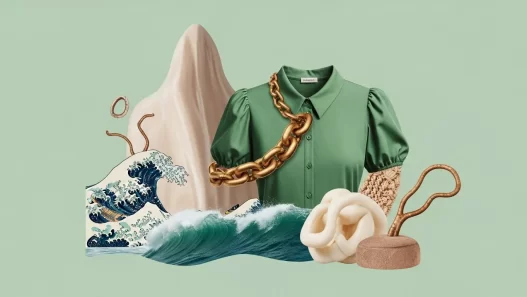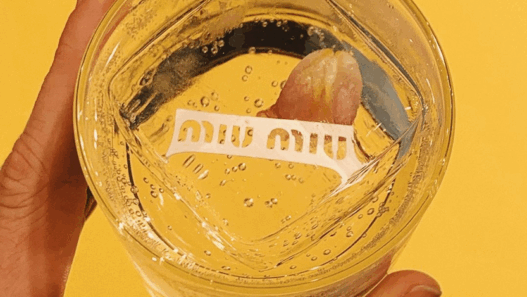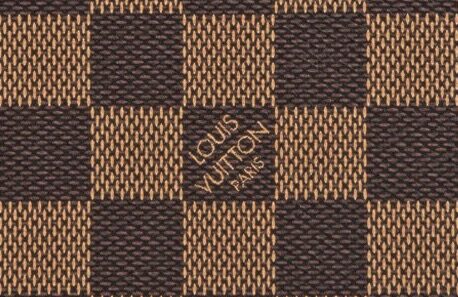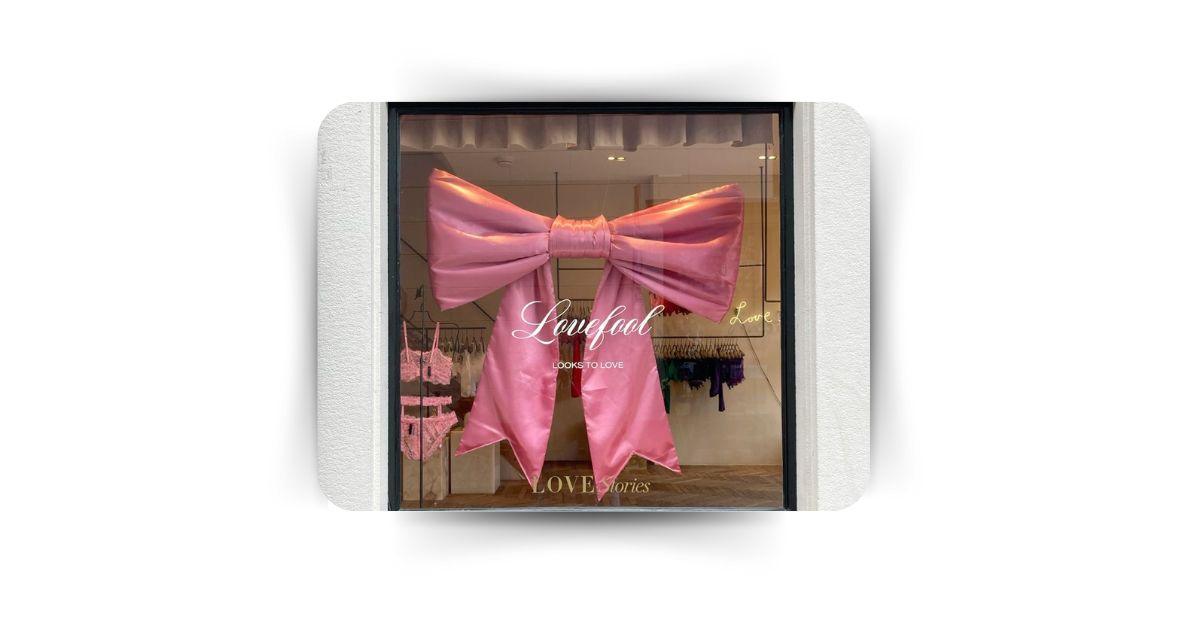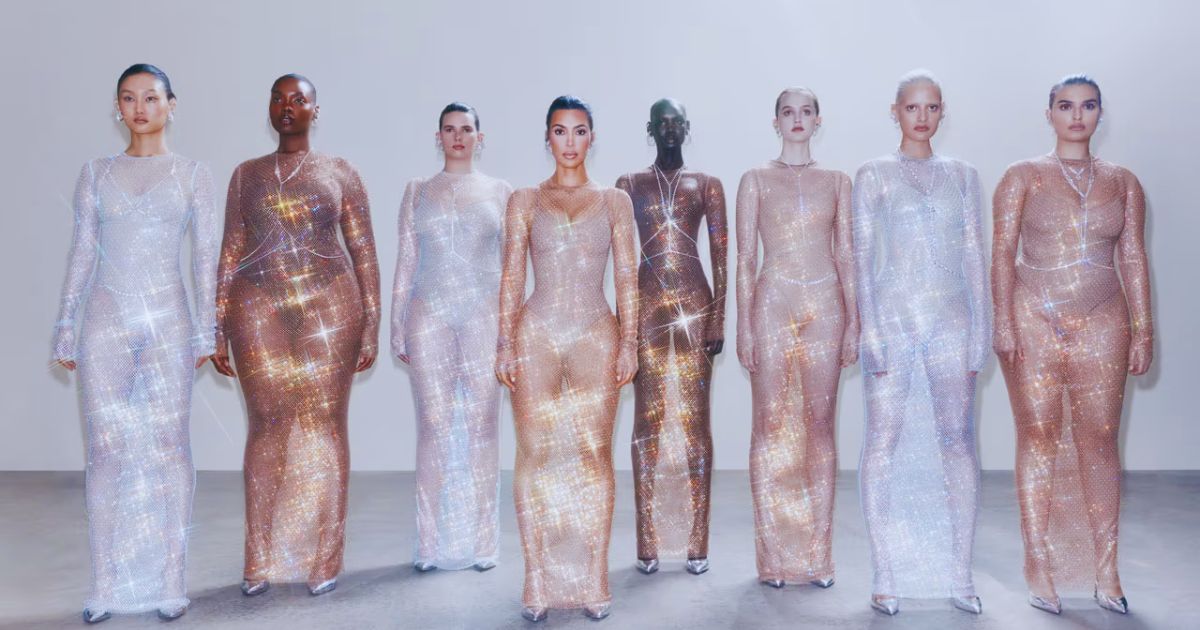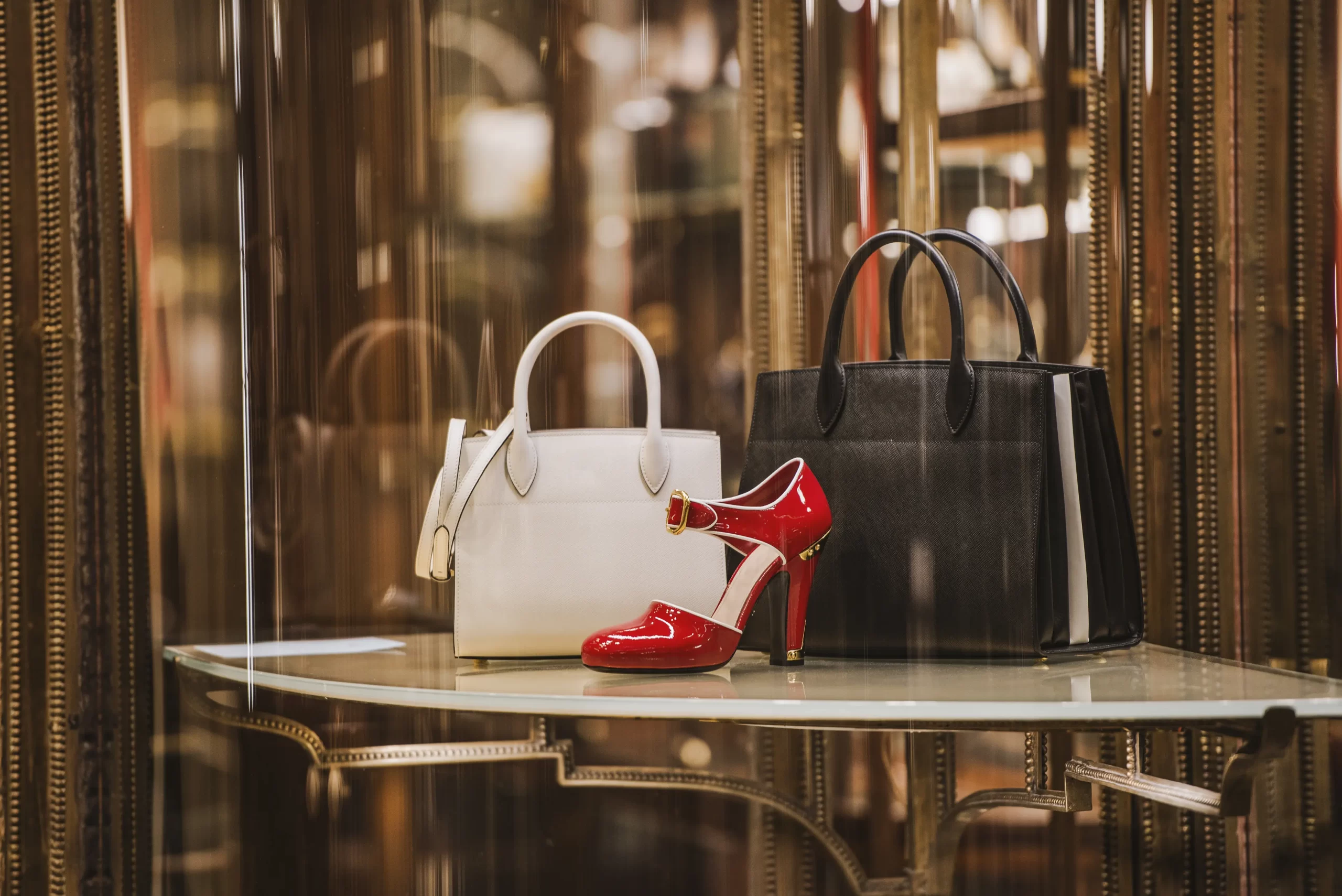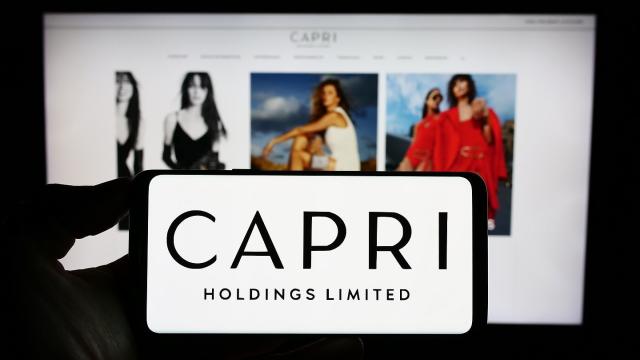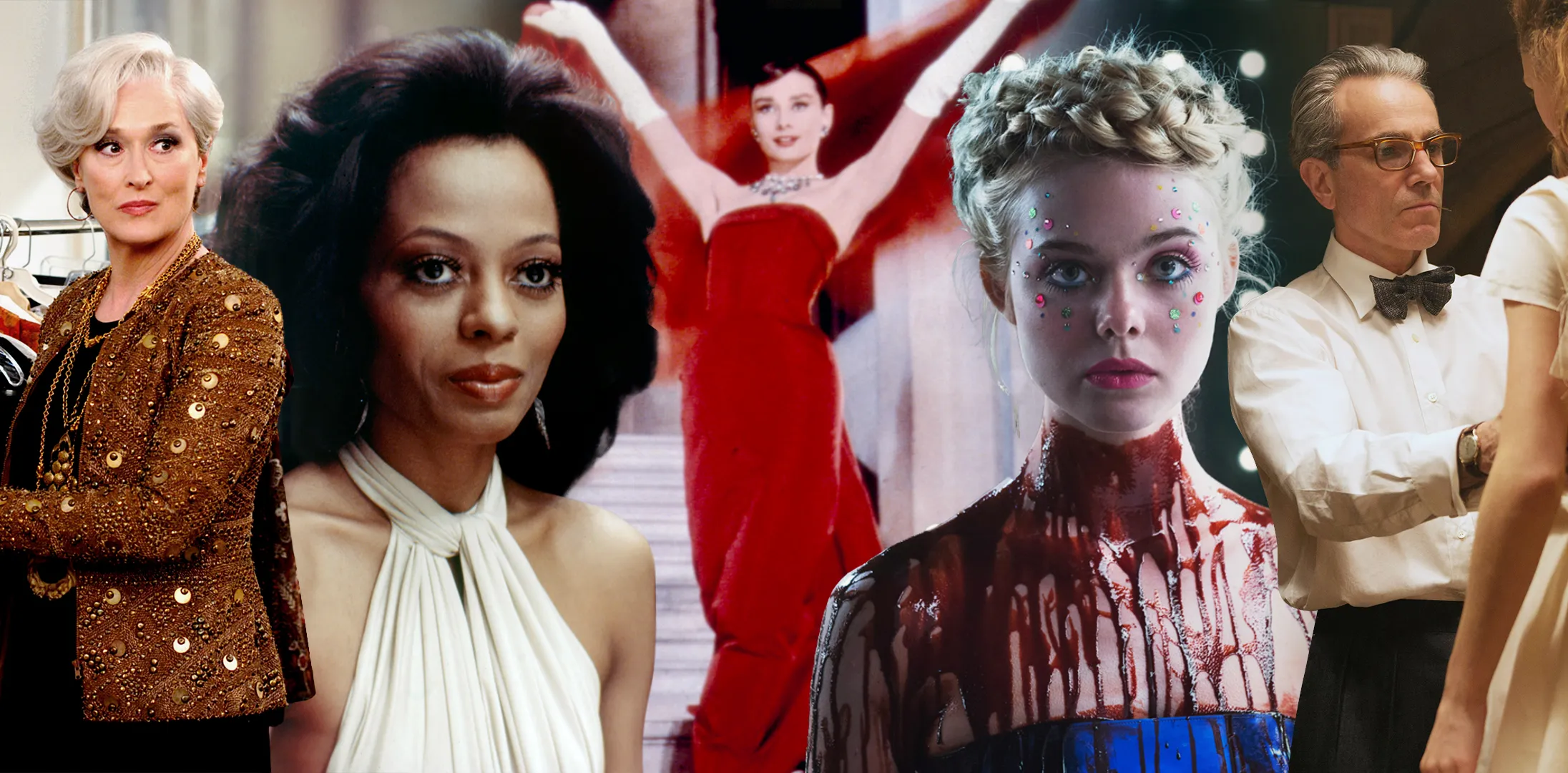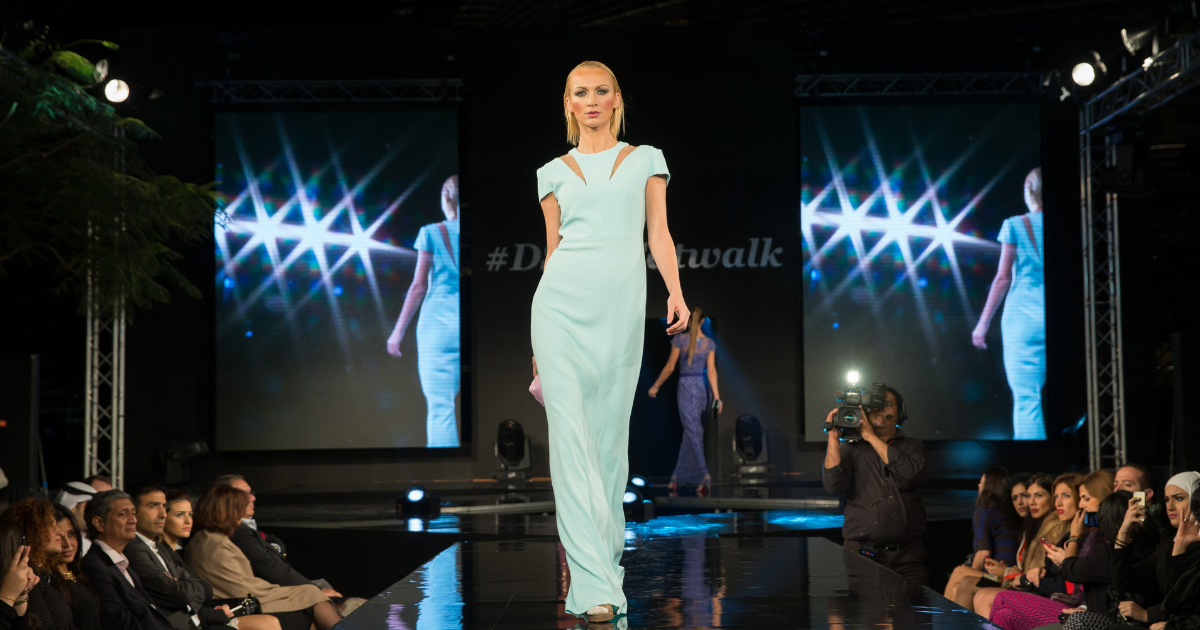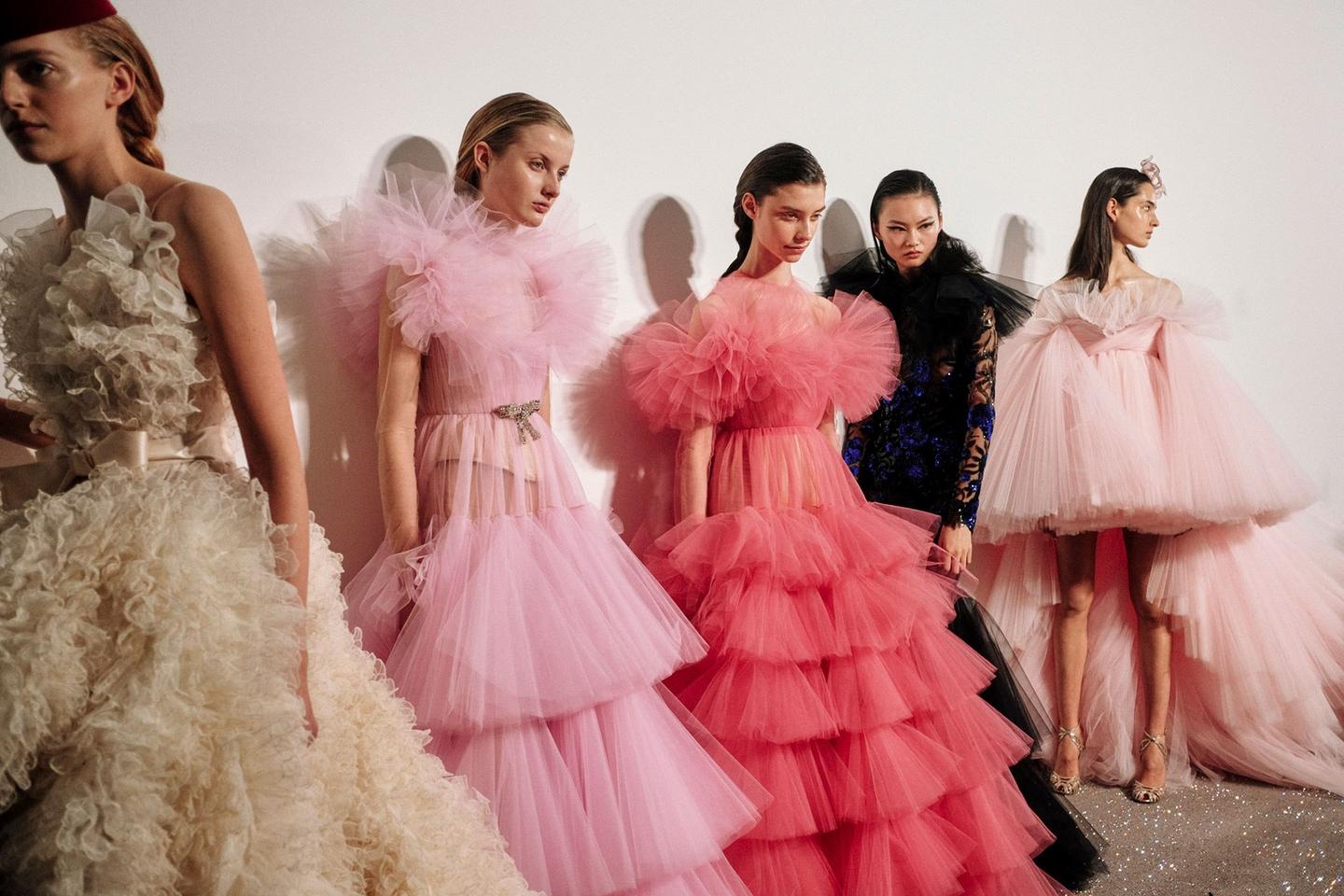Imagine scrolling through virtual stores of your favorite brands which are curated by AI based on your taste, mood, past preferences and money moves. Welcome to 2025, where fashion is not confined to just the runways. It’s on your phone, it’s in your surroundings, it’s basically in the air and everywhere; and influenced by creators you have never met. Fashion marketing is more personal, immersive and obviously, more tech-driven than ever before. It’s not just selling clothes anymore, it’s selling experiences that deeply resonate with the consumer’s lifestyle, values and aspirations. As sustainability becomes non-negotiable and technology has taken a center stage, the fashion industry has leaned into storytelling, hyper-personalization and internet engagements to redefine how consumers interact with brands. Whether it’s through CGIs, TikTok or brand trips, brands are leaving no stone unturned to go all out.
Whether you are a marketer, a brand, or a fashion or business student, understanding the viral trends around you is vital to stay relevant. We have curated a list of some key fashion marketing trends, to look watch out for in 2025, to keep you updated and in trend.
- Luxury Brands are keeping it Unreal
Brands are leveraging Computer-Generated Imagery (CGI) to create realistic (or too unrealistic?) marketing campaigns that leave the viewers awestruck. In this fast-moving digital world, capturing the audience’s attention withing few seconds is the real deal, and some brands appear to get it just right. Brands like Jacquemus’ and Maybelline created quite a stir online when they launched their CGI creations on Instagram a while back. Whether it was Maybelline’s Sky High Mascara being applied to London’s tube train, or Jacquemus’ Bambino bags cruising the streets of Paris, what really is special about these marketing techniques is the ability to make these campaigns memorable and leave the viewers wondering whether it’s AI or a real thing. Many Indian and global beauty brands have recognized the untapped potential of these techniques and have done similar campaigns, like Fae Beauty and Papa Don’t Preach. We see numerous other brands employing CGIs in 2025 to make breathtaking campaigns and unleash the power of technology.

2. Pet Influencer Marketing: Even your dog gets a Dyson!
Personalized premium pet-care products for influencer parents is the level of customization that brands are willing to go to, to attract wealthy, trend-savvy shoppers. So, the next time you see a video of a dog using Dyson, or a $99 Dolce & Gabbana dog perfume, or an expensive skincare routine, don’t be too shocked. Apparently, pet influencer marketing is not just a thing, it actually helps the brands attract more visibility in their desired audience.

3. Brand Trips
Although the concept of Brand Trips is not entirely new, it has again gained momentum recently with the rise of influencer marketing and social media. Brands like Benefits Cosmetics and Tarte have pioneered the art of brand trips, flying influencers off to dreamy, exotic locations to flood our feeds with swoon-worthy content. Initially started as simple products, promos have now evolved into full-blown immersive experiences that do more than just sell—they create emotional connections between brands, influencers, and their audiences. These trips are no longer just about showing off products; they’re about building a story, blending luxury, adventure, and unforgettable moments that keep everyone talking (and posting). It’s marketing but make it a vacation!

4. Fake scarcity
Driving consumer demand by creating a sense of urgency that reinforces exclusivity is how fake scarcity has become a clever strategy in fashion marketing. By releasing limited-edition items or restricting product availability to specific timeframes, brands tap into the psychology of FOMO, compelling shoppers to act quickly. In India, brands like Sabyasachi leverage this tactic by releasing highly coveted bridal collections in limited quantities, creating a frenzy among customers eager to own a piece of the designer’s legacy. Luxury labels like Gucci and Louis Vuitton launch capsule collections with highly limited stock. This approach not only heightens desirability but also strengthens a brand’s prestige, as owning these rare pieces becomes a status symbol among fashion enthusiasts.

5. Advent Calendars
Advent calendars have created a niche in the holiday playbook marketing for brands to excite their customers with their curated calendars. Designed to celebrate the season, these calendars offer a daily reveal of mini accessories, skincare or exclusive collectibles. Influencers’ daily unboxings of Dior opulent calendars filled with travel-sized perfumes and beauty products have enticed consumers with limited-edition items they can’t resist. The cult-favourite Charlotte Tilbury has also hopped onto this trend, blending fashion and beauty to create holiday keepsakes. Content creators partnering with these brands create a special appeal with their videos. They enhance the calendars’ desirability and spark social media buzz as followers eagerly tune to daily reveals.

Conclusion
In 2025, Fashion Marketing Trends is all about serving creativity with deeper customer connections. From mind-blowing CGIs to hyper customized PR boxes, brands are going all out to show they really care about their impressions. This year, we believe is going to be the year of experiments, tech innovations and surprises that would revolutionize fashion marketing. It’s clear fashion is no longer just about clothes; it’s about delivering unforgettable experiences. The future of fashion marketing is promising, bold and impossible to ignore.



